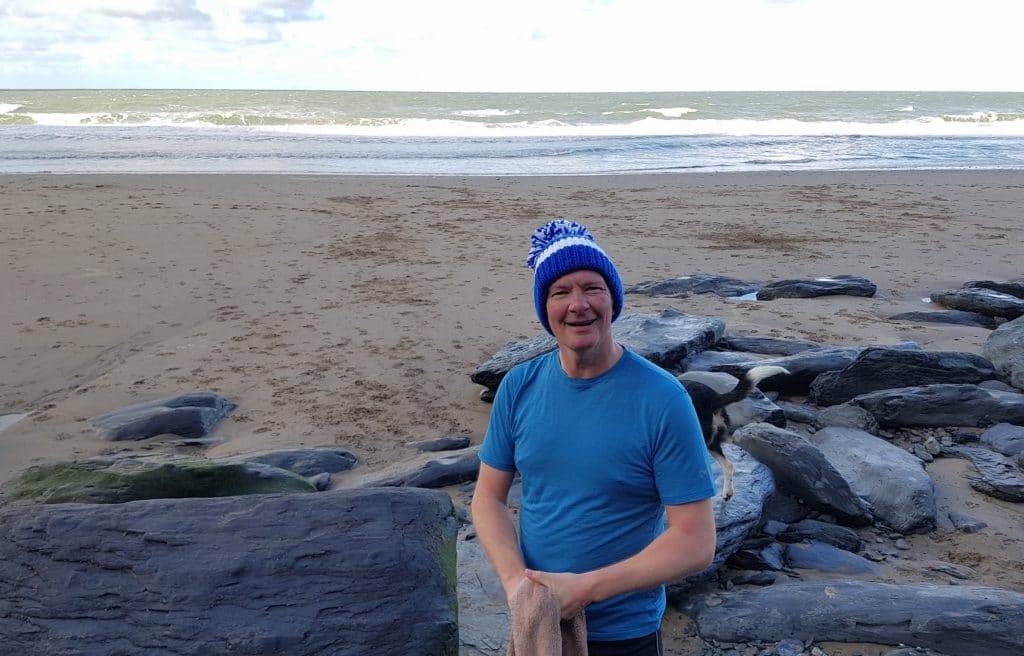If you want to improve your stroke, there’s so much information out there on technique, where do you start? As a teacher, there are lots of things you can look at when someone doesn’t seem to be swimming as easily as they could. What to do first?
From an Alexander Technique viewpoint, it’s always good to start with general instead of specific observations when it comes to a person’s coordination. What’s going on with the relationship between head and neck and back? Is the neck relaxed? Is the back nice and open? Is the body moving as nature intended? These questions are less to do with stroke technique, more about a general way of being.
But even the way someone is moving their body in this general sense is a bit technical. The first place to go might be right to a person’s brain to find out what they’re thinking. What’s their general approach to moving through the water? Do they think they need to work harder than they really do? Can they slow things down, enjoy it more and do less?
Claire and Julian came for a Swimming Without Stress residential course five years ago. They’re good, open water swimmers. Visiting West Wales again, they wanted a couple of refresher lessons with Cheryl and Ian. We gave them an hour each, Cheryl on breaststroke and Ian on front crawl.
With just one lesson, there’s a danger of trying to change too much, of giving someone too much information about stroke mechanics and sending them away confused. It’s easy to fall into this trap with good swimmers.
We were pleased with the results of the hour each we spent with Claire and Julian because we didn’t do too much and they ended up doing much less. You can see from the ‘before and after’ video the changes they both made to breast stroke and front crawl. Our job was just to remind them…
* where the work is not needed.
* how, when you reduce effort where it isn’t needed, you naturally have more energy for the part of the stroke where it is.
* to think about what our bodies naturally want to do, where things naturally want to go in the water.
* to think about gliding more, doing less.


